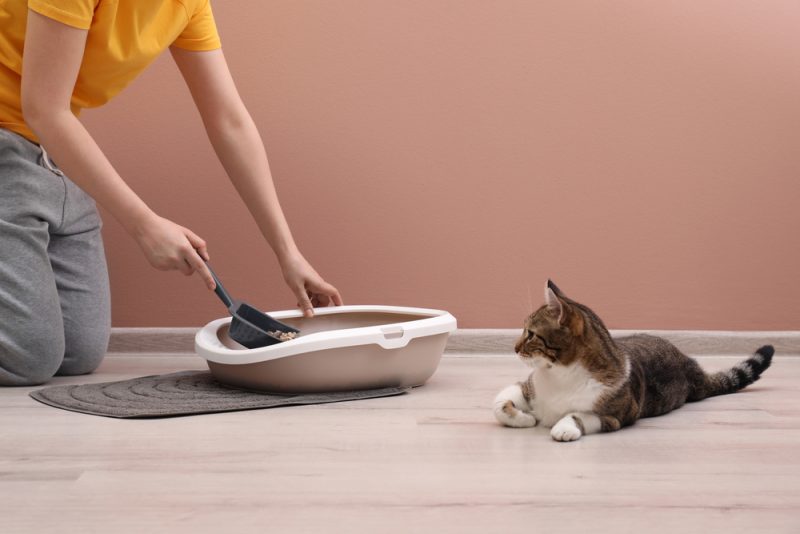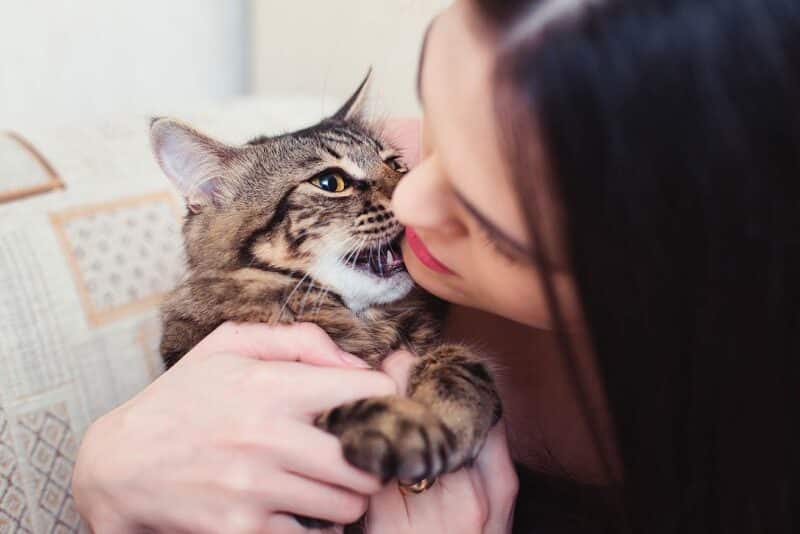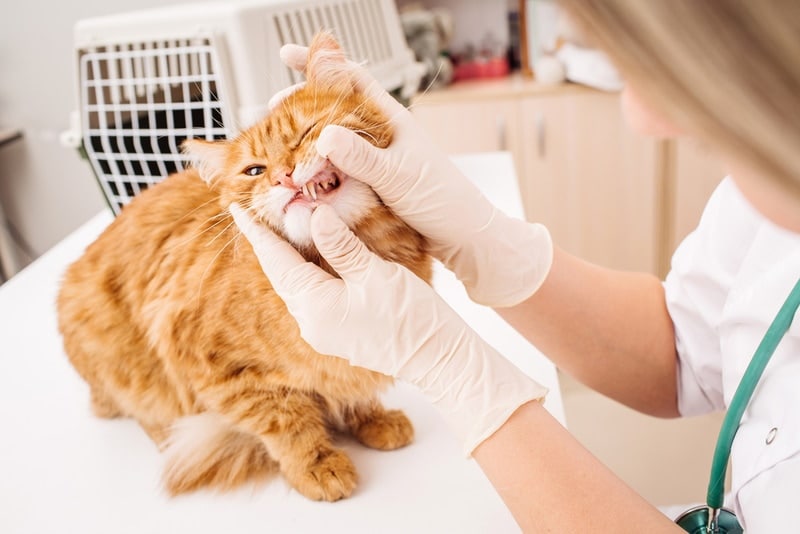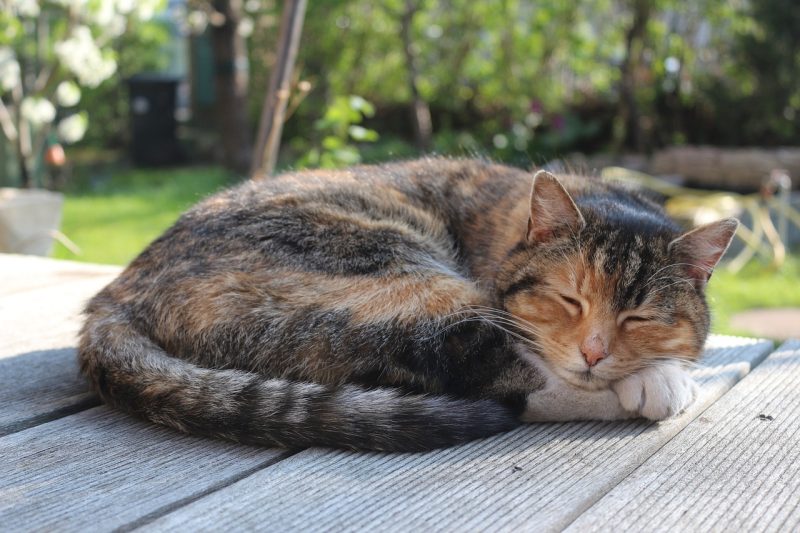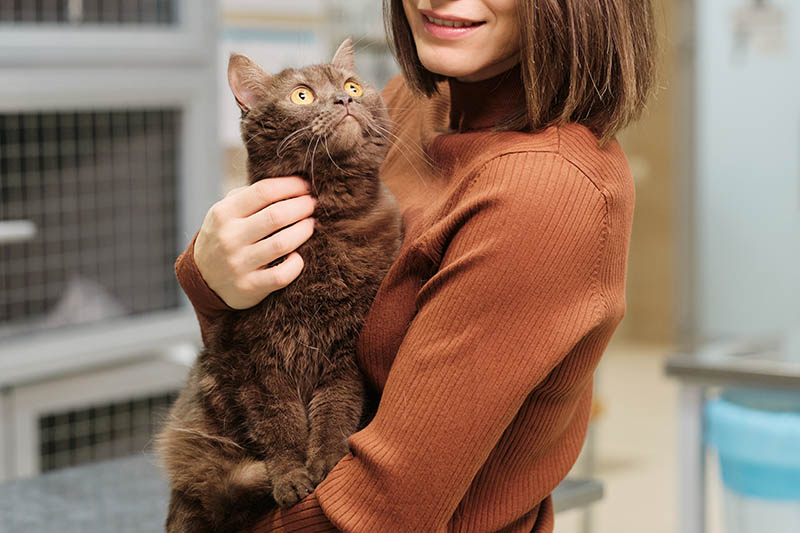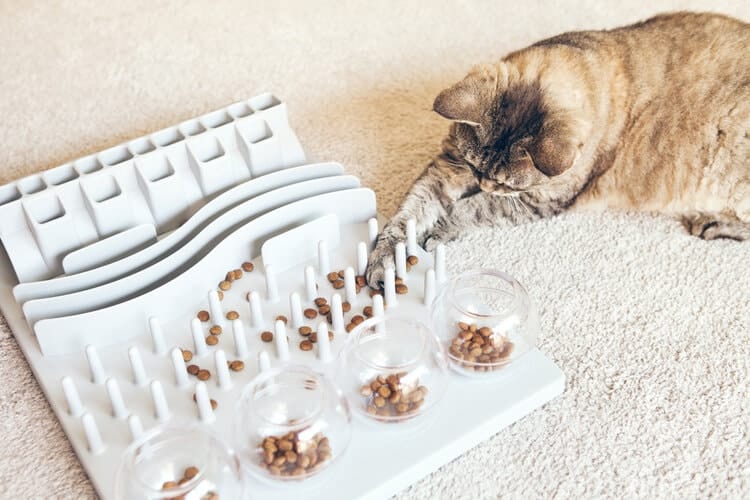Cats are very particular about their litter boxes, from the location to the type of box and even the type of litter you use. When you’re rearranging your home and need to move Fluffy’s litter box, they probably won’t take it kindly! That’s why it’s important to approach the job with care and patience in regard to how your cat will feel about the new litter box location. Read on below as we break down a step-by-step guide of what you’ll need and exactly how to go about moving your cat’s litter box.
Before You Begin
There aren’t any hard and fast rules or essential items needed for this task, but in our opinion, it helps to have a few basic supplies on hand. Let’s take a quick look at what’ll make your life easier when relocating your kitty’s litter box.
- Used, dirty cat litter
- New litter box (same style your cat is used to)
- Extra litter box for each cat in the household
- Cat treats
When choosing a new place for your cat’s litter box, keep in mind its accessibility and privacy. The box shouldn’t be so far from the rest of the home that they have to make a hike to go potty, but it also shouldn’t be so close that it offends your nose. It definitely shouldn’t be right next to their food, either. You’ll need to walk a fine line between your cat having easy access to the box and a definitive distance from their feeding area.
Preferably, choose a spot away from high-traffic hallways and rooms, like the kitchen or living room. A laundry room you visit infrequently may work, or perhaps a spare bathroom/bedroom you don’t use often.
Top 5 Tips on How to Move a Cat Litter Box
1. Add a Litter Box (Without Removing the Original)
The easiest way to move your cat’s litter box is to simply add a new litter box beforehand. A few days to weeks before you need the old one moved or gone, add a new box to your desired litter box spot. Use the exact same type of litter as the old box, and preferably use the same type of box as well.
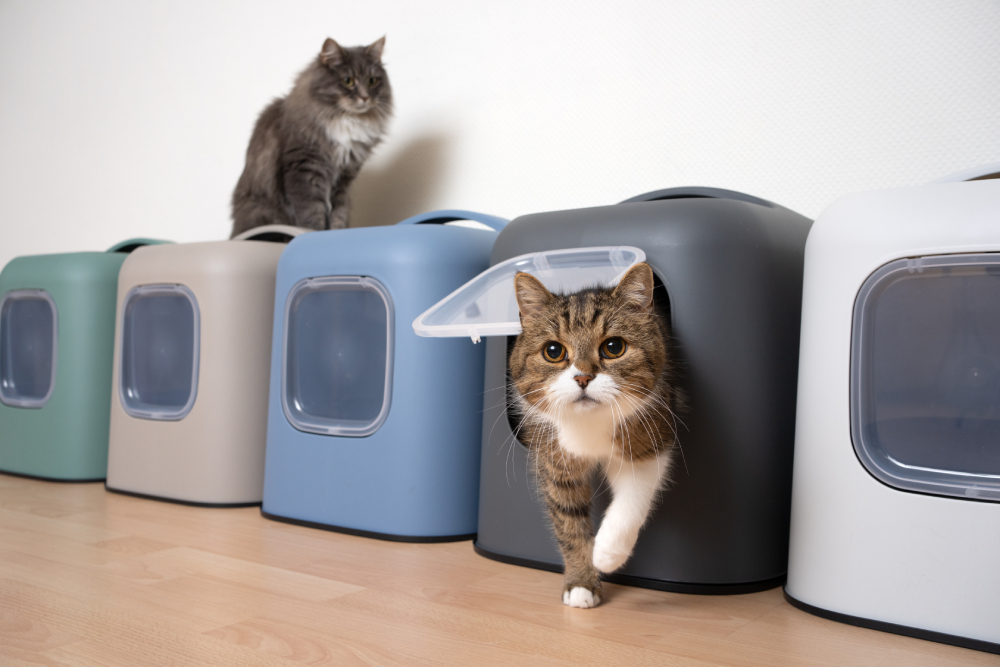
2. Slowly Move the Box
For cats that seem resistant to the idea of the litter box moving to a new location, a gradual approach is best. They can’t balk much at the box moving a few inches or a foot at a time, so that’s where you should start. On your first day, move the box a few inches or a foot, then leave it for that day. Your cat might be a little perplexed but shouldn’t give you any trouble.
If your cat does take offense and eliminate outside the litter box during this time, don’t scold them. This is your fault, after all. Simply take more time between your incremental moves to let your cat acclimate. This method works better with another litter box but can be done with just the one box with a little more patience.
3. Use Scent to Encourage Your Cat to Use the New Box
Cats rely on their sense of smell more than we do, and a new litter box can seem alien to them. Make it familiar by placing some used litter of theirs in the new box, or even rub a piece of cloth or paper on their face and then put it in or around the new box. They don’t have any memory of this new box, but the familiar scent will help make it more acceptable. Once your cat starts using the box willingly, you can use the next step to solidify things.
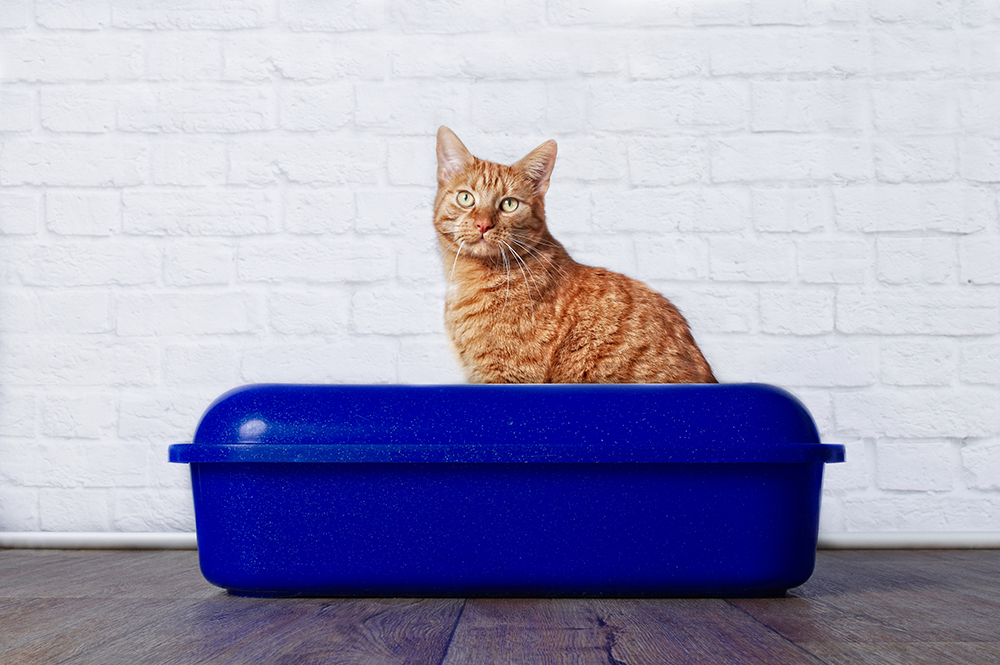
4. Take Advantage of Positive Reinforcement
So, your cat’s used their new litter box or spot a couple of times but still seems skeptical—what should you do? Use positive reinforcement to let them know this is a good thing! Have plenty of high-value cat treats on hand for this phase.
Every time your cat uses their litter box after it’s moved or replaced, shower them with praise and a nice treat. This helps them make the mental connection that using the box leads to rewards. In fact, this positive reinforcement technique is the backbone for most pet training because it works. Your cat performs the desired task, and they get a treat. It’s a win-win for everyone!
5. Be Patient
Every cat deals with change differently, and some are more resistant to changes than others. If your cat eliminates outside their litter box or goes in the old litter box spot, simply clean it up with an enzyme cleaner and move on. Scolding will only make them more confused and afraid, not to mention they don’t understand what you’re saying. The best way to deal with these changes is to be understanding and supportive while sticking steadfastly to positive reinforcement.
Conclusion
Cats can be stubborn when it comes to where they go potty, leading to resistance when you move their litter box after a move or home renovations. The best way is to add a litter box with used litter before removing the old box, but slowly moving their litter box can work with a little more time and a great deal of patience.
Featured Image Credit: New Africa, Shutterstock
